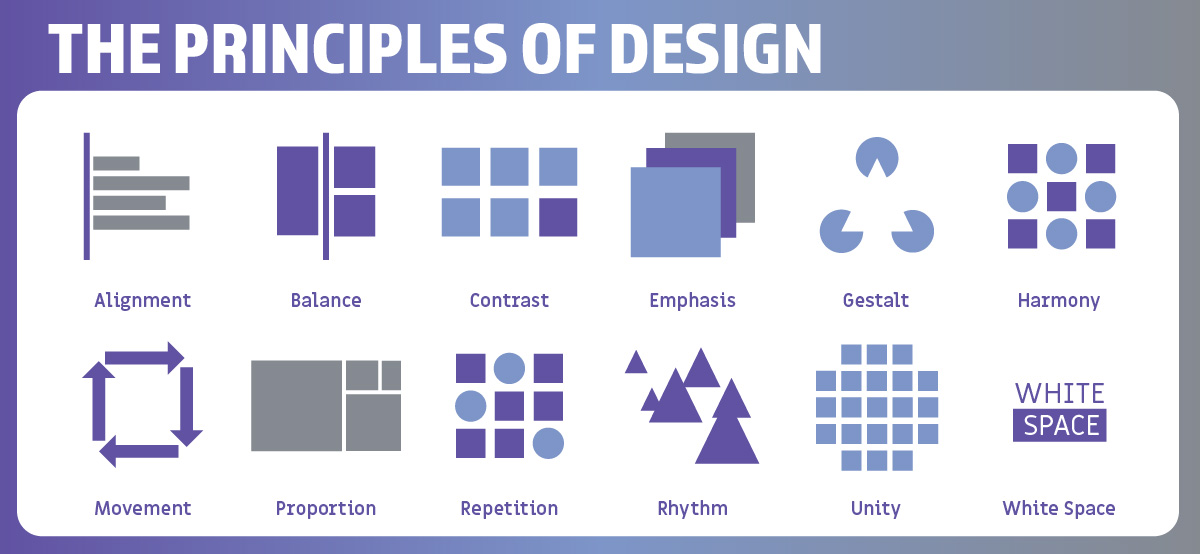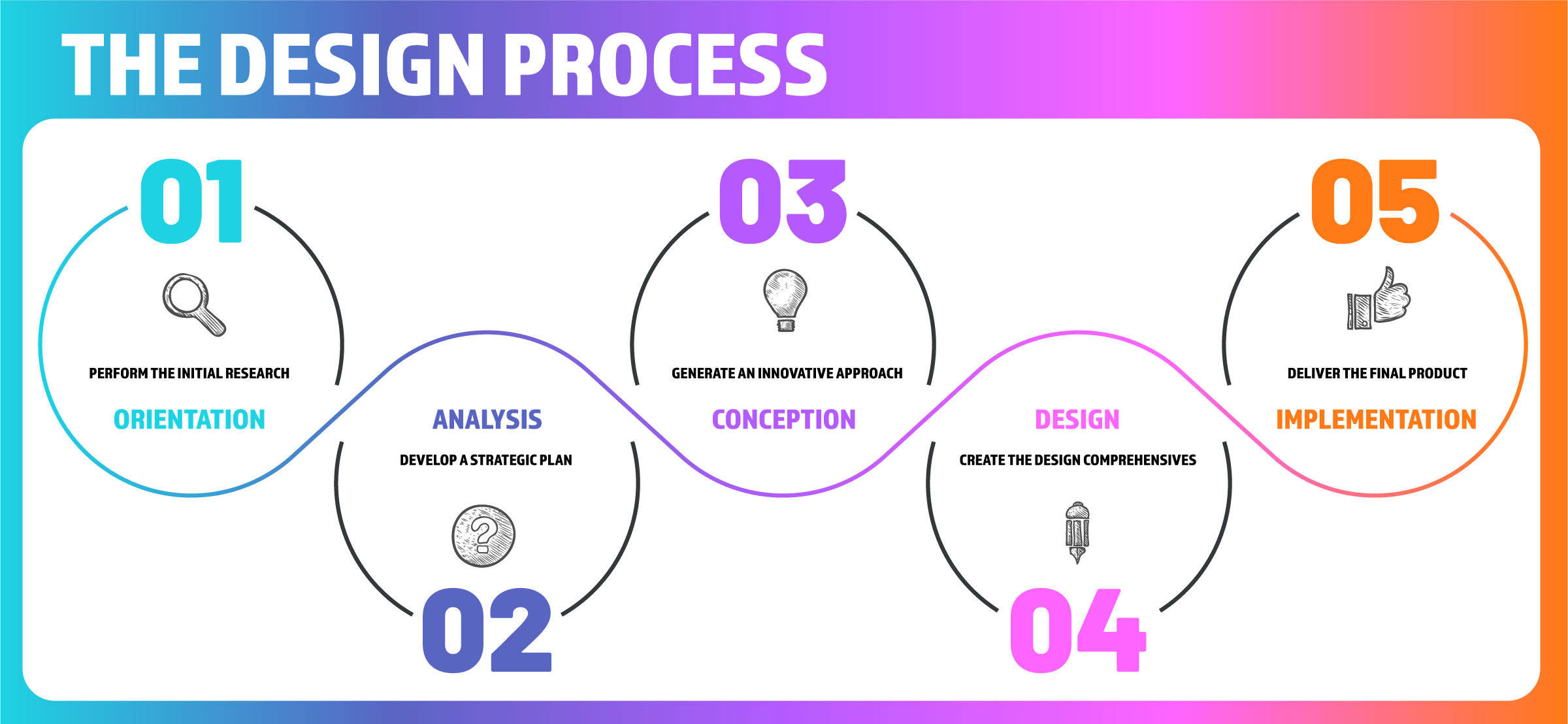What is Digital Design?
Before we begin learning how to design, it's essential to understand what digital design is. For this course, I will use digital design and graphic design interchangeably, as they are esentially the same career. Robin Landa defines graphic design as "a form of visual communication used to convey a message or information to an audience" (p. 1). Building on this definition, I often tell students graphic design exists at the intersection of art, business, and technology.
Design in our lives
In this embedded video, by PBS OffBook, I will introduce you to the widespread importance of graphic design in our daily lives. Beyond just making things look right, effective design solutions can influence our behaviors and enrich our experiences in our surroundings. Not all designers specialize in print and websites; some specialize in designing environments, immersive experiences, or just exploring different ways to visualize complex data. Keep these fields in mind as you work through the course, maybe one of these avenues could be a future career for you.
The Fundamentals of Design
Below are a series of topics that represent the fundamentals of design. Take your time studying these materials and challenge yourself to apply these fundamentals in your projects. As you begin to master the application of this content, you may find yourself developing your style and preferences–don't worry; this is the natural evolution of a designer.
The Principles of Design
An overview of the principles a designer employs to control the viewers' attention.
References:
Landa, R. (2014). Graphic Design Solutions (5th ed.). Boston: Wadsworth.

